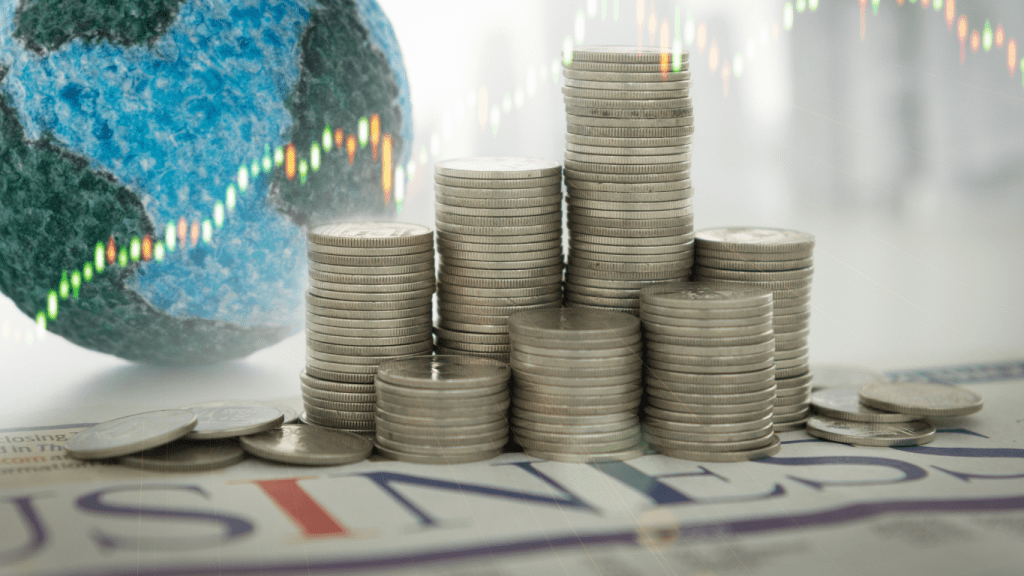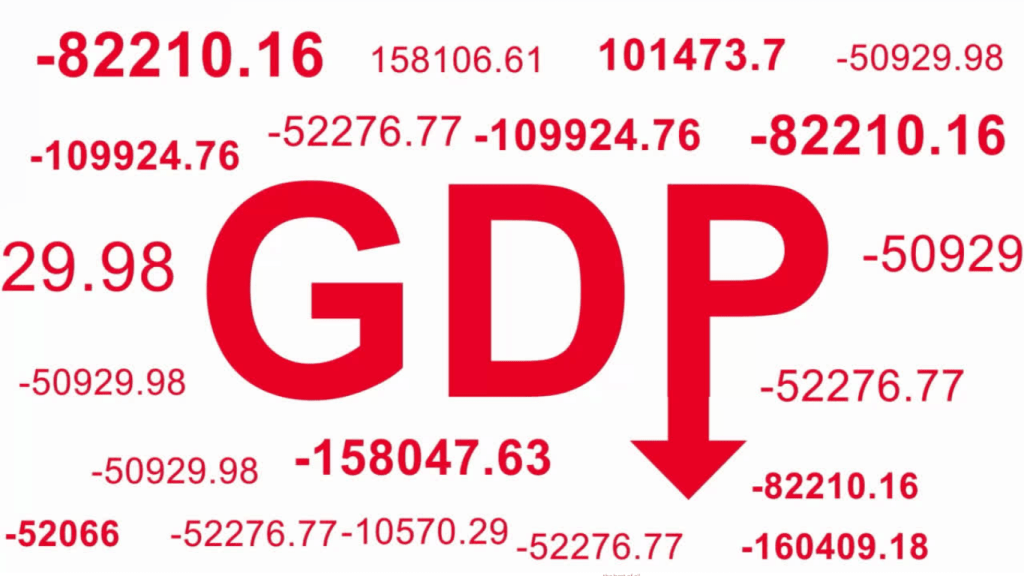Gross Domestic Product
Understanding Gross Domestic Product Its Impact on Currency Exchange Rates

Understanding Gross Domestic Product
Understanding Gross Domestic Product serves as a crucial indicator of a country’s economic health, measuring the total value of all goods and services produced within its borders. In this vast tutorial, we are going to take a deep analysis into the relationship between GDP and currency exchange rates by discussing how GDP change affects currency values and international trade and investment.
Understanding Gross Domestic Product Influences On Currency Exchange Rates
1. Economic Growth Prospects
Investors and traders watch GDP growth closely since it is often a sign that a country is performing well economically and growing economically. Higher GDP growth rates likely mean a strong economy that could attract foreign investors to buy that country’s currency. Therefore, the currency appreciates against other currencies with low or lower growth rates.\n\n2. Inflationary Pressures.
Gross Domestic Product (GDP) and Its Impact on Currency Exchange
2. Inflationary Pressures
GDP data may express inflationary pressures in an economy. If GDP grows rapidly, there can be an increased spending among consumers that might lead to demand-pull inflation. Central banks might increase interest rates to cool down the economy. Higher interest rates may strengthen the currency by attracting foreign investment seeking higher returns.
Gross Domestic Product (GDP) and Its Impact on Currency Exchange
3. Trade Balance
GDP data can affect the country’s trade balance. This reflects the exports and imports of the nation. If GDP grows robustly, exports can be boosted, creating a trade surplus, and the demand for that currency in the foreign exchange market increases. A low GDP growth rate can lead to a trade deficit and depreciation of the currency.
Gross Domestic Product (GDP) and Its Impact on Currency Exchange
Gross Domestic Product (GDP) and Its Impact on Currency Exchange
Understanding Gross Domestic Product Factors Affecting GDP and Currency Exchange Rates

1. Monetary Policy
Central banks use monetary policy tools such as interest rate decisions, monetary stimulus measures, and quantitative easing programs to impact GDP growth rates and currency exchange rates. Accommodative monetary policies to spur economic growth can weaken the currency, while hawkish policies to ensure price stability can strengthen it.
Gross Domestic Product (GDP) and Its Impact on Currency Exchange
2. Fiscal Policy
Government spending and taxation policies may alter GDP growth rates and currency values. Expansionary fiscal policies—that is, increases in government spending and cuts in taxes—may indeed increase economic activity and drive the growth of GDP, with the potential effect of strengthening the currency. Contractionary fiscal policies likely have the opposite effects.
Gross Domestic Product (GDP) and Its Impact on Currency Exchange
3. External Factors
External factors such as geopolitical events, natural disasters, and global economic trends can also impact GDP and currency exchange rates. Political instability, trade tensions, and shifts in global demand can affect investor sentiment and currency valuations, leading to volatility in the forex market.
Gross Domestic Product (GDP) and Its Impact on Currency Exchange
Understanding Gross Domestic Product Trading Strategies Based on
1. Fundamental Analysis
In trying to evaluate the economic outlook for a nation and execute trading decisions based on that. Pay attention to the rates of GDP growth, inflationary trends, and trade balances to try to understand better the economy’s health and predict what movements currencies might make.
2. News Trading
Trade currency pairs in light of GDP announcements and economic news releases. Learn to expect the market’s reaction to the GDP data and capitalize on the short-term volatility by jumping into trades either before or immediately after the release of the key economic indicators.
3. Long-Term Investment Strategies
Can be adopted based on the trends of GDP and economic fundamentals. Identify the countries showing strong GDP growth prospects and stable economic policies for possible currency appreciation in the long run.
Conclusion
Gross Domestic Product (GDP) is a critical indicator of a country’s economic performance and growth prospects, shaping currency exchange rates and global financial markets.
